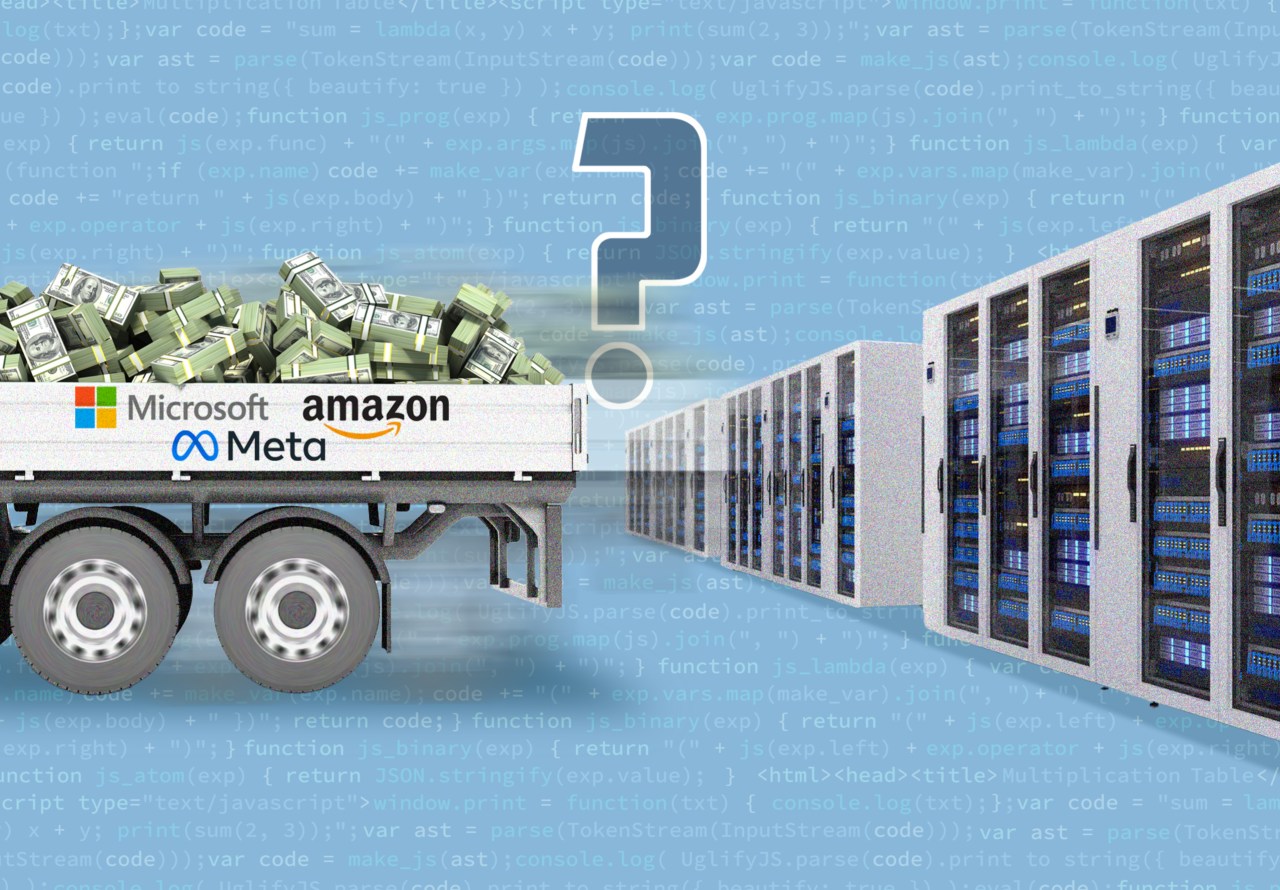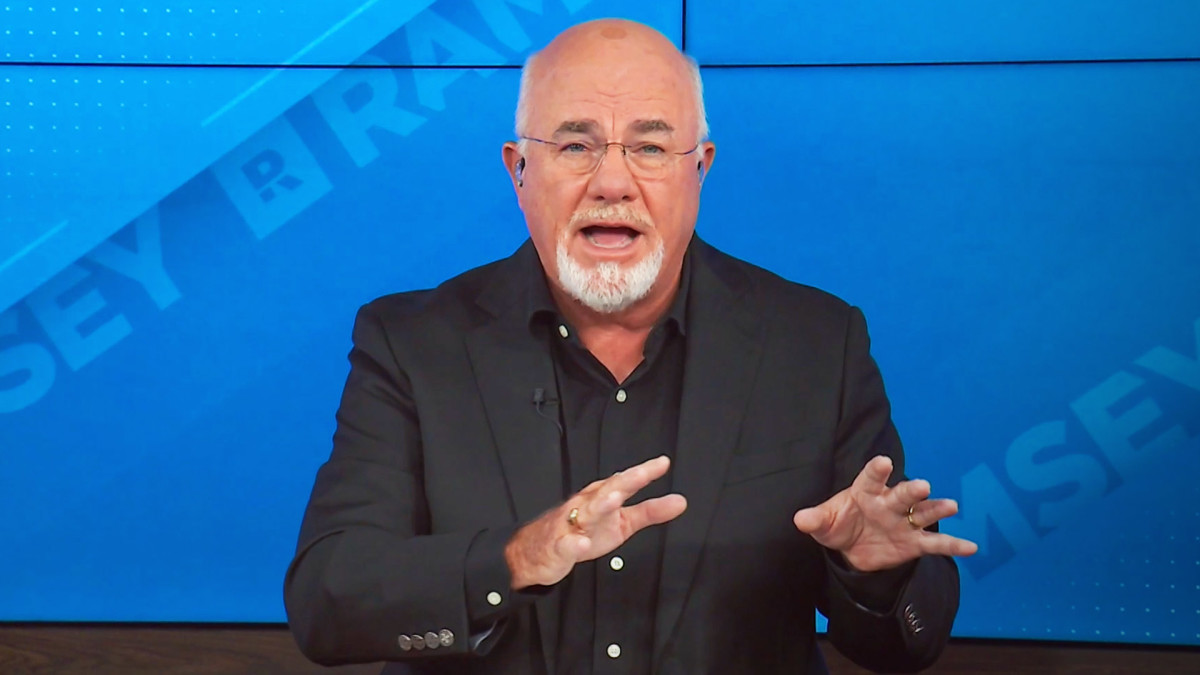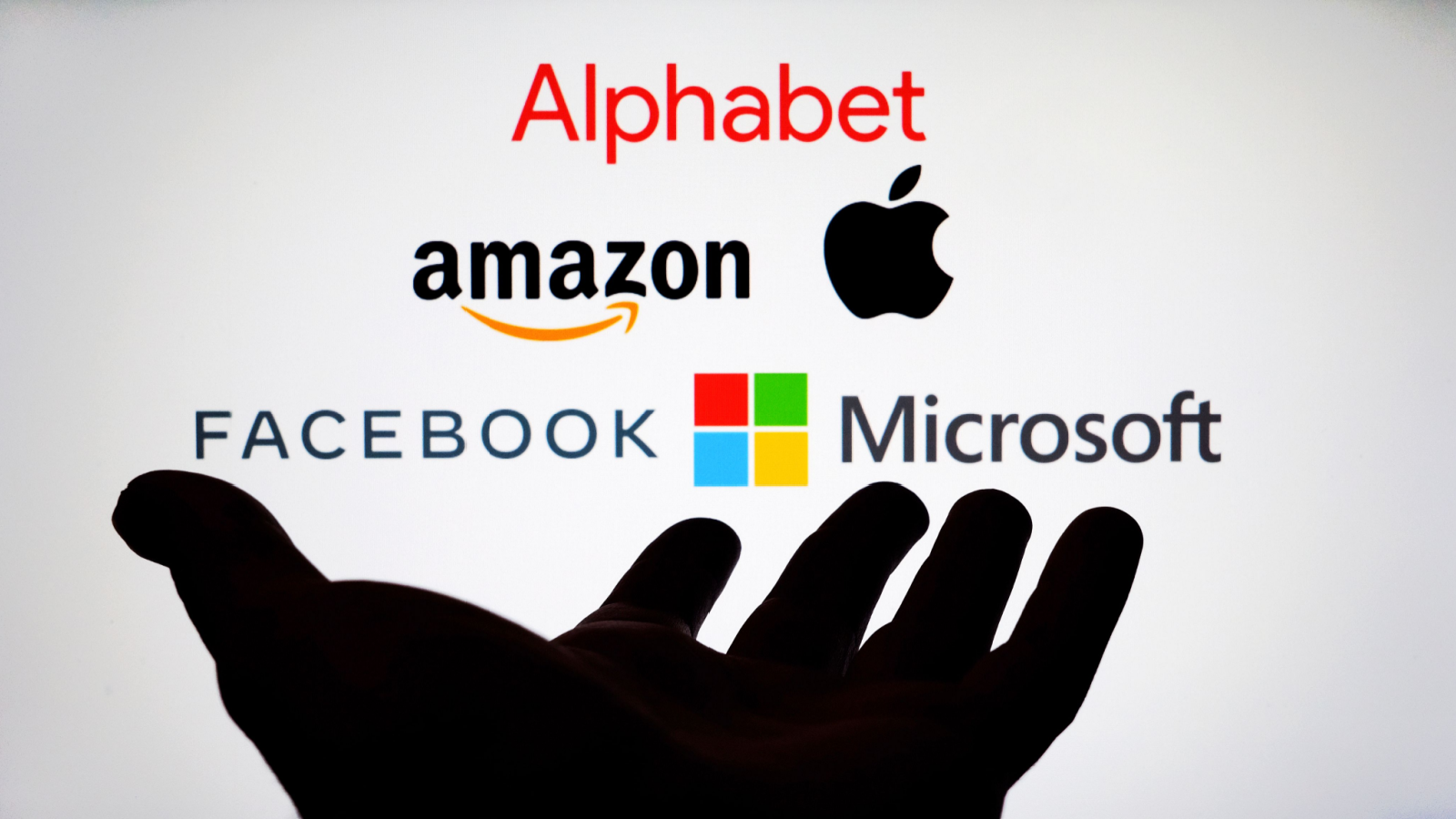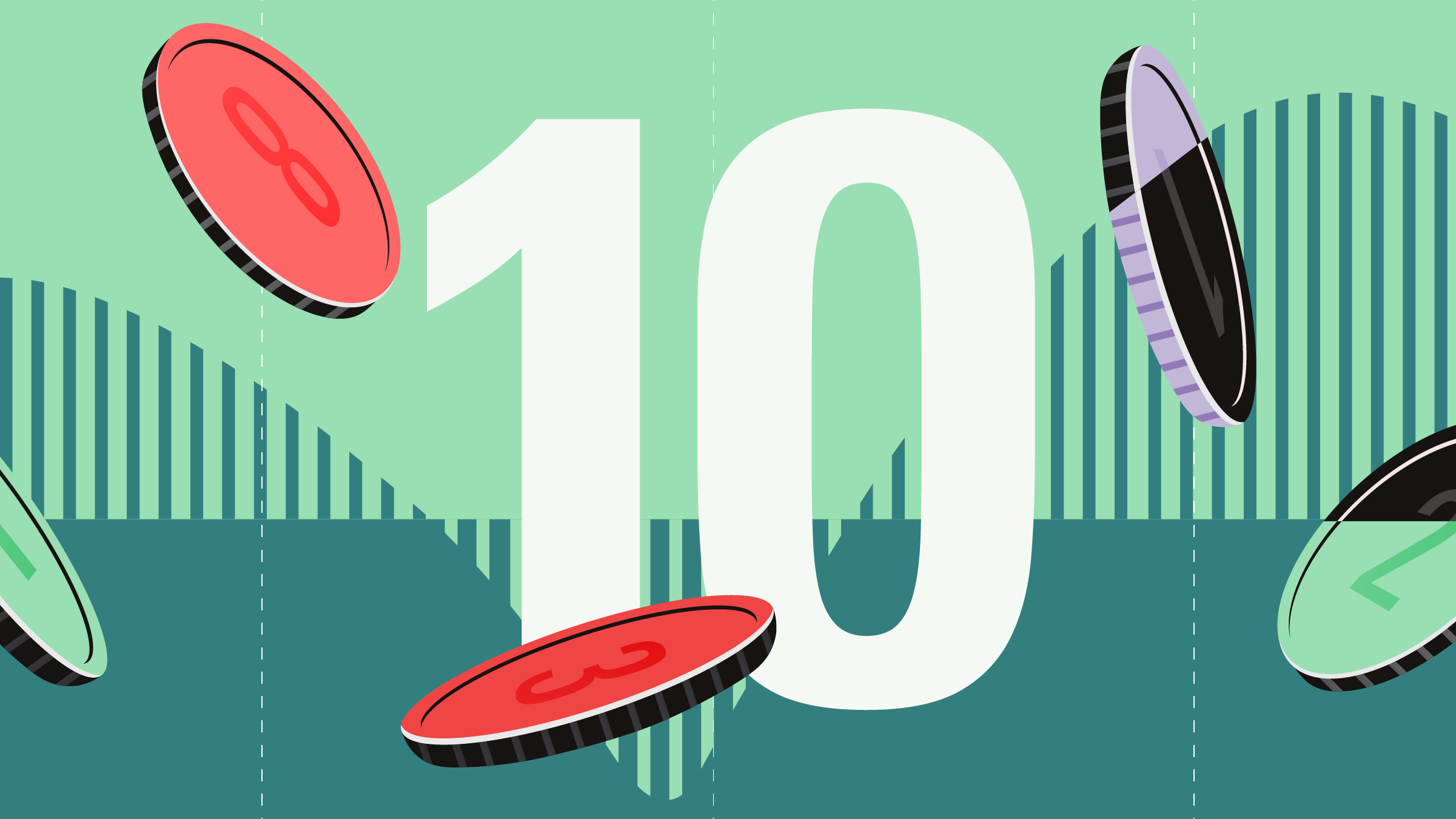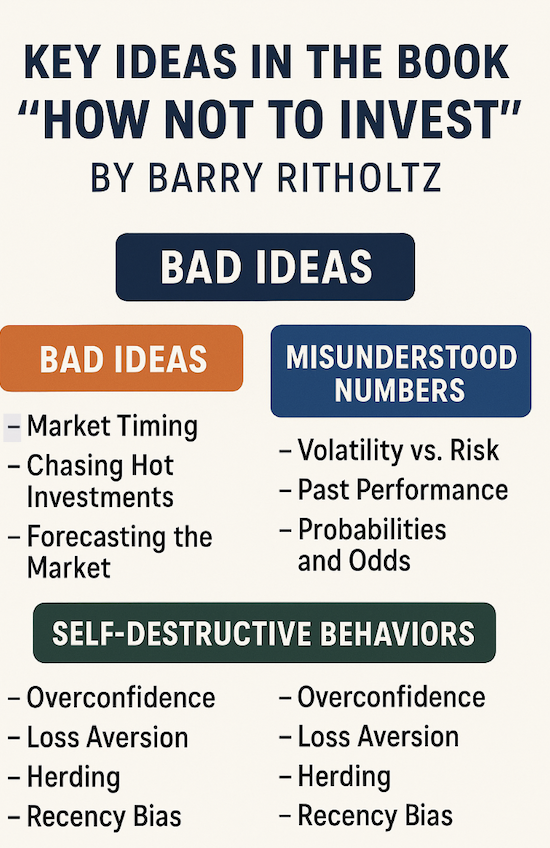Should You Grab a $50K Cash-Out or Lock In a $475 Monthly Pension? Let’s Do the Math.
There is no question that deciding between taking a pension annuity versus a lump sum can feel overwhelming, as you have to make a decision that has long-term consequences. The unfortunate truth is that there is no one-size-fits-all answer, no matter how much we might want that to be the case. This is precisely the […] The post Should You Grab a $50K Cash-Out or Lock In a $475 Monthly Pension? Let’s Do the Math. appeared first on 24/7 Wall St..

There is no question that deciding between taking a pension annuity versus a lump sum can feel overwhelming, as you have to make a decision that has long-term consequences. The unfortunate truth is that there is no one-size-fits-all answer, no matter how much we might want that to be the case.
If you have a pension plan coming, knowing how to receive it is critical to successfully spending the money.
There is no question that deciding between a lump sum and a monthly annuity payment depends on several factors.
The hope is that a pension fits nicely into your retirement plan and that you are not relying solely on this money to live.
Are you ahead, or behind on retirement? SmartAsset’s free tool can match you with a financial advisor in minutes to help you answer that today. Each advisor has been carefully vetted, and must act in your best interests. Don’t waste another minute; get started by clicking here.(Sponsor)
Key Points
This is precisely the case with someone deciding between taking a $50,000 cash-out or locking in a $475 monthly pension. It might seem as if the lump sum is the way to go, but this is a decision that you absolutely should not jump on quickly before doing all of the math.
Unsurprisingly, there is more than one factor beyond the dollar amount, such as what happens with taxes, specifically, if the lump sum will move you into a higher tax bracket. You also have to question how long you think you will live and or whether or not you want to invest, so, again, a lot to consider.
Know Your Options
If you’re at a point where you have to make some decisions about a pension, the good news is that you have hopefully worked very hard and are soon about to embark on the retirement journey. However, before you go and hand in your resignation, you have to judge the lump sum versus the annuity and decide which one is right for you.
With the annuity payment, you are looking at an agreement with your employer to pay you a stream of income valued at $475, likely for a specific period. In most cases, it’s for the rest of your life, which means you always know you have this income to rely on. For many people, this comes as great comfort knowing something will always arrive every month.
On the other hand, a lump-sum one-time payment will give you all of your accrued pension benefits in one shot, giving you a big cash boost that you can save, invest, or spend however you like. If you don’t immediately need the money, being able to invest this sudden windfall might make a lot of sense. Unfortunately, we’re no closer to a decision, so let’s jump into the math.
Do You Take the Lump Sum or Monthly Payments?
To try to answer the big question around which is “better,” the lump sum or the annuity payment, you have to break it all down and look to come to a concrete conclusion. Ultimately, you’re looking at one of two options:
- Monthly Payment: $475 monthly for life, beginning the month you retire
- Lump Sum Payment: $50,000 immediately, no additional pension benefits
As companies often look for ways to separate themselves from employees through one-time payments and then erase the money from their books, lump-sum payments have become increasingly popular. So, how do you make this decision?
Focusing on the monthly payment, you must look at your longevity, otherwise known as how much longer you expect to live. For example, if you start collecting your pension at 65 and live for another 12 years, as 77 is the average annual life expectancy in the US, you can expect to earn $68,400 over these 12 years by taking the monthly payment.
Well, things get a little more complicated if you consider that you can take the $50,000 and invest it over 12 years at a conservative 4% growth rate. This gets you $80,000 by the time you turn 77, or if you look at a slightly more aggressive 7% interest rate of return, you’ll have $112,609. The latter two numbers are obviously more attractive, so this decision is a little more difficult than most people think.
Now, let’s try something else and look at what happens if you receive the money at 50 years old. The monthly lump sum would give you approximately $153,900 between 50 and 77 years of age. However, if you put it into the stock market and average a 7% return over the same 27-year period, the original $50,000 grows to $310,693 over the same period. This difference is $156,700, more than double what you would make with the monthly payment over the same timeframe.
What Is the Break-Even Point?
Another way of looking at this decision is to determine a break-even point. If you divide the cash payout versus the monthly pension, or $50,000 divided by $475, you get 105 monthly payments. Now, take the 105-month answer and divide it by 12 months in a year, and you get a more exact eight years and nine months for total payments.
The monthly sum is better if you ignore any interest from investing the lump sum and believe you will live longer than eight years and nine months after receiving the first pension check. However, if you have any reason to think that you won’t be alive in eight years and nine months, the lump sum payout is the better choice.
It’s important to note this calculation assumes the monthly pension is paid indefinitely and doesn’t account for inflation, taxes, or the interest you could earn on the lump sum.
Other Income Considerations
Another thing to consider for pension owners is any other income streams they will have while retired. Knowing these numbers will help you calculate whether you will depend on the monthly pension payment or if the cash payout is more of a nice-to-have.
Ask yourself what your estimated Social Security payment will be. You must also consider whether you receive payouts or distributions from a 401(k) or an IRA. Lastly, do you have money in a brokerage account you can use for a safe withdrawal rate every year?
The answer to the above questions will help you know exactly where and how a pension fits into your retirement plan. The lump sum may be a better investment option if you are not solely depending on this benefit for a comfortable retirement. However, if you need this $475 to help pay off your monthly utility bills, then choosing this option is an easy answer.
The post Should You Grab a $50K Cash-Out or Lock In a $475 Monthly Pension? Let’s Do the Math. appeared first on 24/7 Wall St..


















